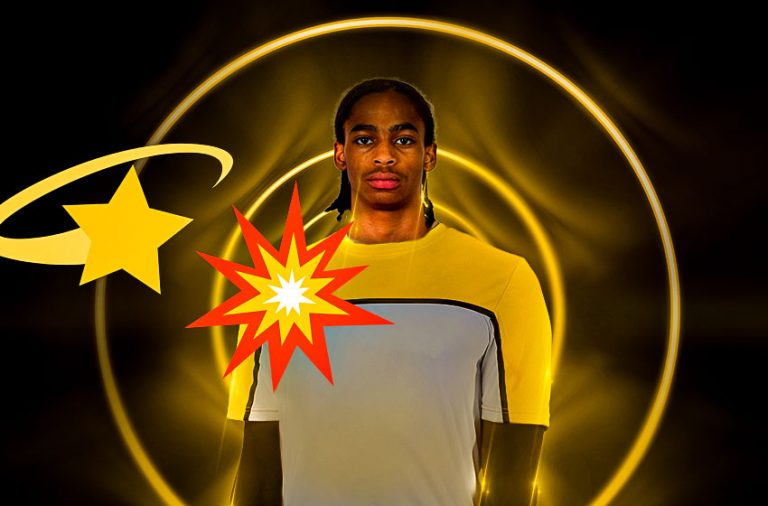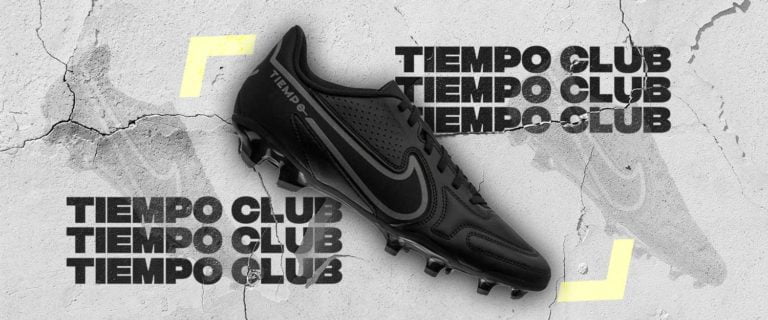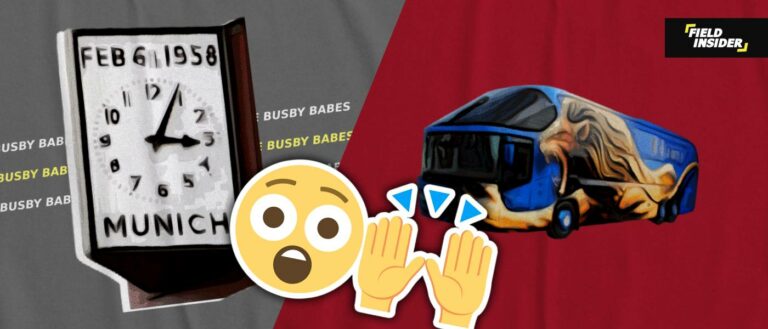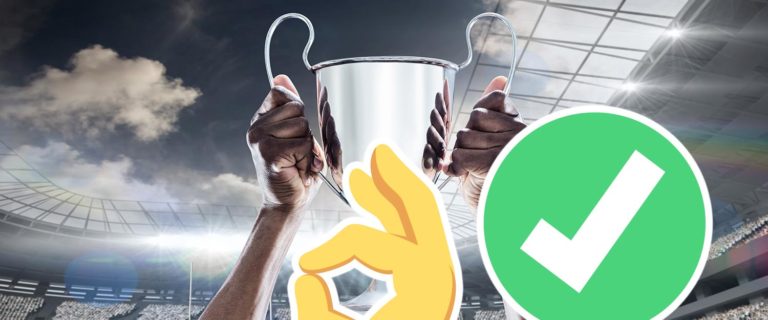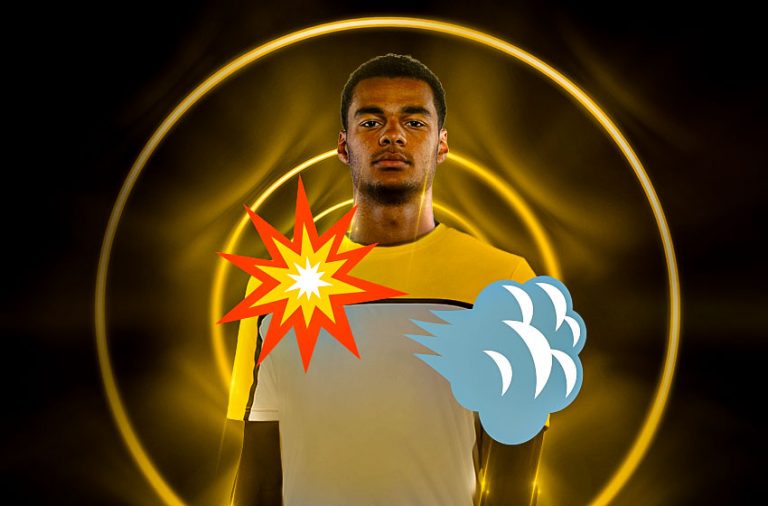Footballer Image Rights: How Do They Work?
You’ve probably heard the term “image rights” in recent years. This concept has caused complicated disagreements between clubs and players, including scandals and advertising disagreements.
Footballer image rights may appear to be a novel concept. However, they became popular in the Premier League in the 1990s as a result of the influx of top foreign players joining league clubs.
A few of the first players to strike deals involving their image rights include Dennis Bergkamp, Patrick Viera, and David Platt.
Key Takeaways
| Aspect | Details |
|---|---|
| About The Concept | What are image rights, and how do they relate to football? |
| Aspects They Cover | Parts of a footballer’s person covered by image right |
| How They Work | How the image rights system works in football |
| Benefits | Its advantage to soccer players and football clubs |
| Drawbacks | Some pending issues and hindrances to players and teams |
| Image Rights Companies | Big image rights companies in football |
What are Footballer Image Rights?
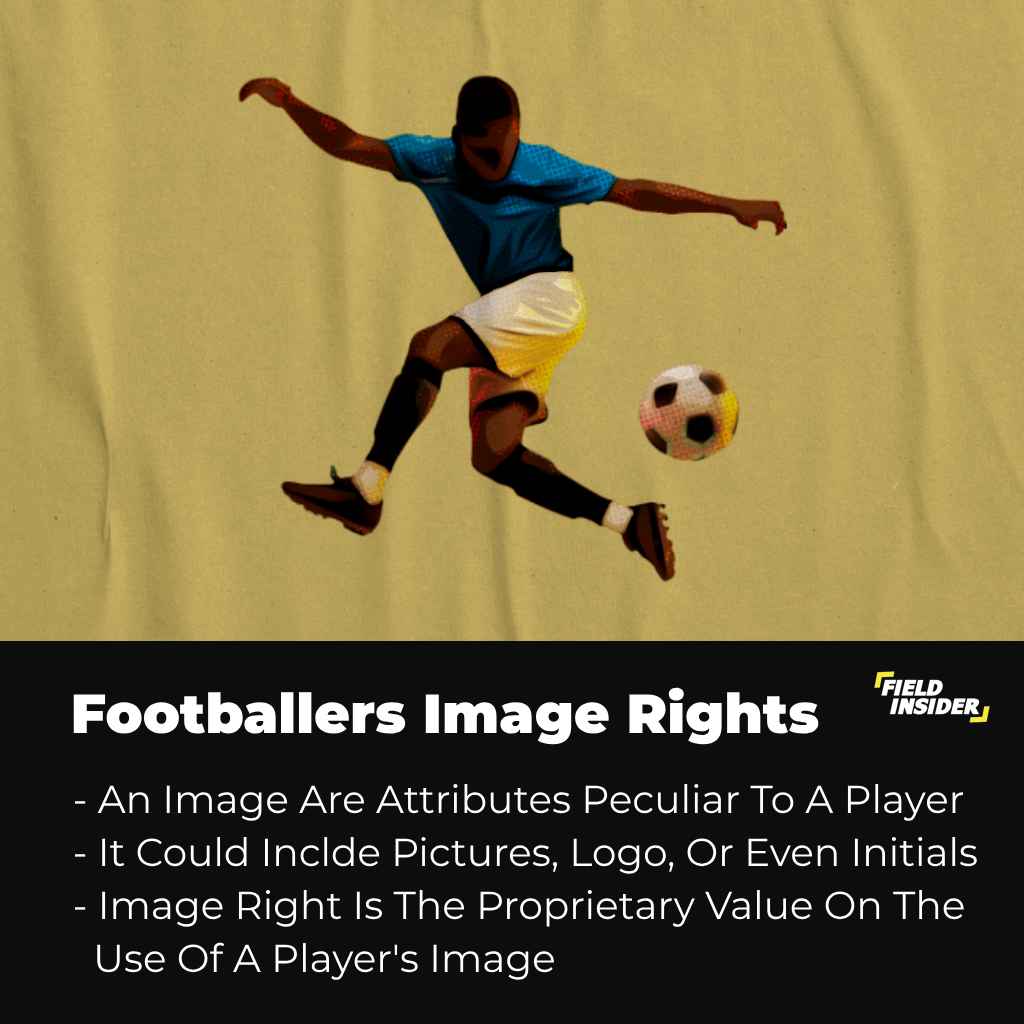
When speaking about the image of a person in the commercial context, it is talking about all the attributes and characteristics peculiar to such a person. This includes attributes like name, images, and even signature.
A prominent example of an attribute peculiar to a renowned footballer is CR7. Of the many attributes of Cristiano Ronaldo is his initial CR7 which represents his jersey number.
Image Rights Explained
Having completed what is referred to as a footballer’s image, we are moving on to what image rights mean.
According to Saunders Law, it is the
Proprietary rights of a player’s personality, and the right to control, licence, exploit and prevent third parties from making use of attributes related to the player’s image.
saunders.co.uk
A club or organization receives the rights to use a footballer’s image for commercial purposes, like sponsorship and promotion, through image rights agreements. Additionally, these deals often specify limitations on the use of a footballer’s image.
Aspects Attributed To A Footballer’s Image
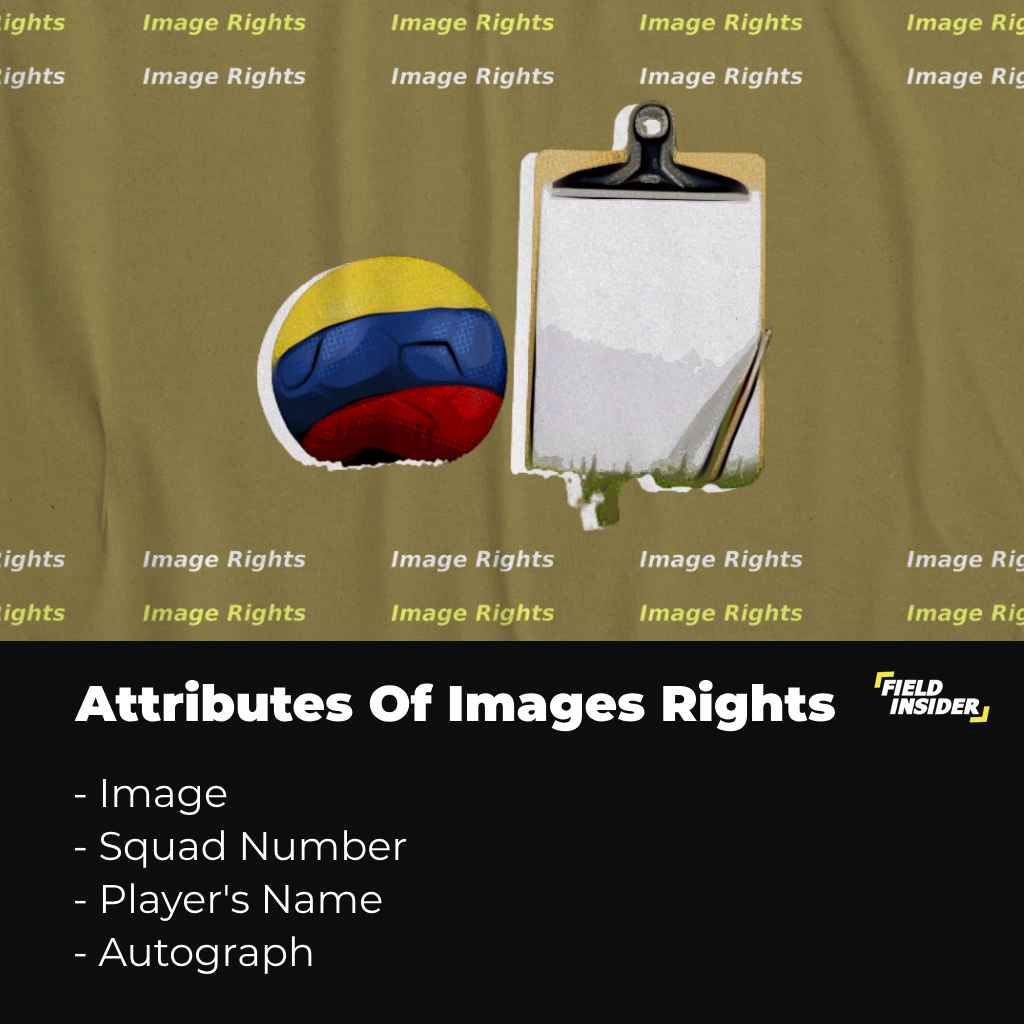
All of us know that a soccer player’s image rights give the proprietary company control over the attributes of the player’s person.
However, we need to know the aspects of the footballer’s personality that are covered under this clause.
- Player’s Name: This includes the player’s legal name, nickname, or even initials;
- Squad Number: The player’s playing number (jersey number);
- Images: This includes the use of the player’s pictures, images, photography, or any form of media for any sort of promotions;
- Autograph: Reproduction of writing or illustration made by the player;
- Social Media Handle: Manner of content displayed on the footballer’s social media accounts;
- Voice;
- Logo, likeness, and other things that can be attributed to the soccer player.
Footballer’s Image and Football Clubs
Football has evolved from its humble beginnings into a multibillion-dollar industry, a testament to its escalating popularity and vast fanbase. This remarkable growth has transformed the sport, elevating players to the status of superstars.
Similarly, football clubs have surged in prominence, attracting a plethora of sponsors. These sponsors often strike deals with clubs for image rights licenses of specific players, using their profiles to promote a range of merchandise.
This array of products includes not only sports gear like jerseys, boots, and socks but also extends to non-sporting goods such as beer and energy drinks.
How Does This Work?
Football clubs reap significant benefits from featuring their players in advertising campaigns, which substantially boosts their revenue and brand reach.
This advantage stems from the clubs’ ability to utilize the image rights of any player on their roster. When players reach a certain level of fame and popularity, it’s natural for them to seek a share of the revenue generated from the use of their image by the club for commercial purposes.
Consequently, these players either engage directly with the club’s management to negotiate their image rights deals or entrust their image rights to an Image Rights Company (IRC), which manages all aspects of deal-making and negotiations on their behalf.
Case Scenarios
Cristiano Ronaldo, as the world’s most followed Instagram user boasting over 600 million followers, exemplifies the significant commercial value of image rights for footballers.
His immense online popularity reflects a broader trend in football’s global reach, as seen in events like the 2022 FIFA World Cup, which captured the attention of over half the global population.
This commercial power is also evident in club merchandising strategies. For instance, Paris Saint-Germain (PSG) generated approximately €1 million in revenue from Neymar jersey sales on the day he was first introduced at the club, prior to playing a single game for them.
Top-tier footballers like Ronaldo and Neymar often derive a substantial portion of their income from commercial ventures rather than solely from their club salaries.
Their ability to earn millions per week is a reflection of their global influence and the lucrative nature of image rights in football. These rights, encompassing endorsements, merchandising, and social media promotions, underscore the financial impact of a player’s public persona beyond the pitch.
Football Shirt Sponsor Deals
| Football Club | Sponsor | Value (Million U.S. Dollars) |
|---|---|---|
| Real Madrid | Emirates | 70.0 |
| Paris Saint-Germain | Accor | 65.0 |
| Barcelona | Spotify | 57.5 |
| Manchester City | Etihad | 55.0 |
| Manchester United | TeamViewer | 55.0 |
| Arsenal | Emirates | 47.5 |
| Chelsea | Three | 47.5 |
| Liverpool | Standard Chartered | 47.5 |
| Tottenham | AIA | 47.5 |
| Bayern Munich | Deutsche Telekom (T-Mobile) | 45.0 |
| Juventus | Jeep | 45.0 |
Data research from statista.com showed the amount some top football club sponsors earned in just sports jersey sales. This data of the 2022/23 season is just on shirt sales and does not include other concessions sales.
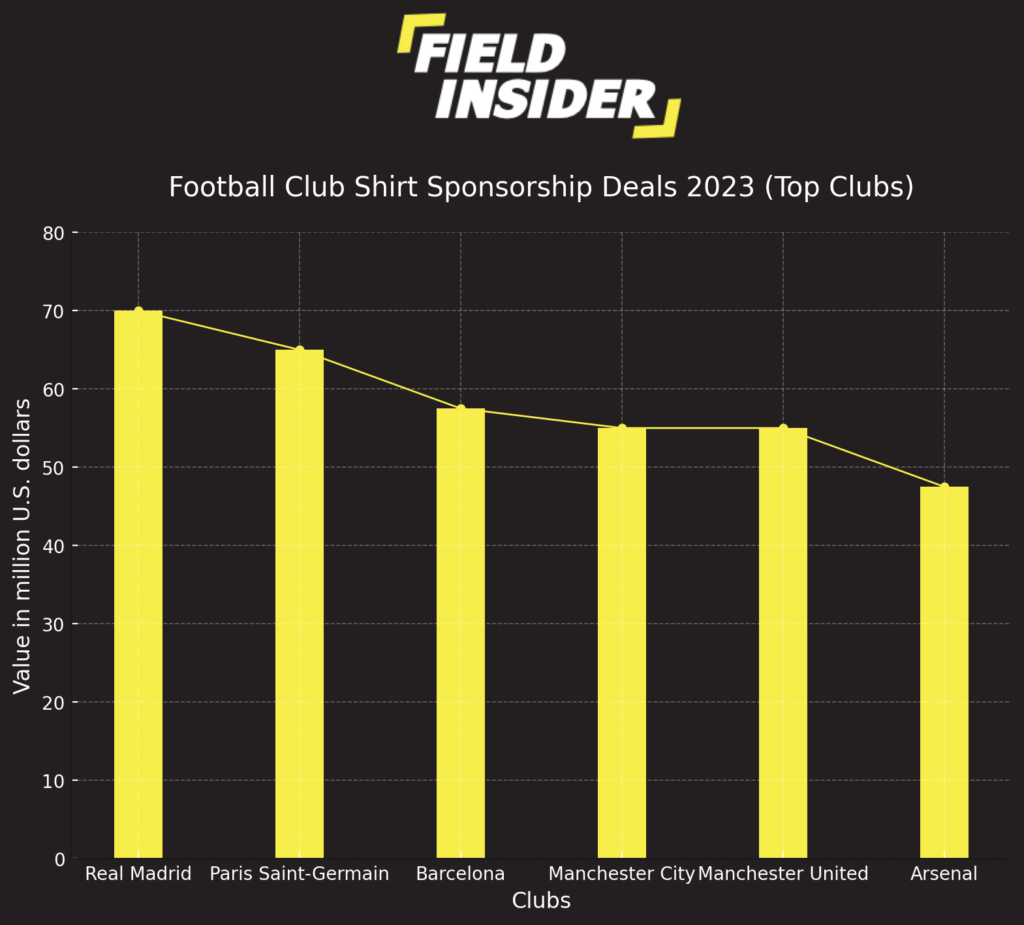
How Footballer Image Rights Deals Work
Deals for footballer image rights are not included in a player’s salary agreement or contract. However, they are entirely distinct.
To avoid disagreements, the contracts must be very specific about which aspects of the player’s image the club can and cannot use. It is rarely an agreement between the club and the player.
Rather, it is a contract between the club and a third-party company set up by the player or their representatives.
If the image of the player has independent commercial value, the player will then frequently seek to establish an image rights company (IRC) and assign their rights to the IRC.
The IRC then exploits the player’s image rights and negotiates the best deal for the player with the club.
Image rights contracts, established by their IRCs and clubs or sponsors, often encompass not only the licensing of a player’s intellectual property rights but also the player’s commitment to endorse or use a sponsor’s product.
These agreements typically require the player to make personal appearances, like featuring in sponsor advertisements.
Why is a Separate Company used for Footballer Image Rights Deals?
Keeping image rights separate from the main playing contract not only simplifies matters but also offers financial benefits to the player. There’s a debate over whether it’s fair to pay less tax on earnings from image rights if they were paid directly to the player.
HM Revenue & Customs (HMRC) in the UK has scrutinized agreements between players’ IRCS and clubs, especially those involving overseas structures. They argue that these are often ‘disguised remuneration’, liable for PAYE (Pay As You Earn) and National Insurance Contributions.
The practice of registering IRCS offshore, where corporation tax is even lower, has also come under global scrutiny. A notable example is Lionel Messi, who was initially sentenced to 21 months in prison, suspended, for tax evasion related to image rights payments. However, he was later fined and exempted from serving time in jail.
Other Issues with Footballer Image Rights Deals
Aside from the tax implications, footballers’ image rights deals can become complicated when there are conflicts of interest between their own sponsorships and the sponsorships of their clubs.
Most Premier League clubs have more than 60 commercial partners, all of whom want to use images of famous players in their advertising.
Players are also sponsored by boot companies, clothing companies, perfume companies, and even food/drink companies and banks. The players will almost certainly have ties to direct competitors of the club’s sponsors.
Mourinho, Cars & Watches
Similar situations arise with managers, exemplified by Jose Mourinho’s move to Manchester United. Mourinho had personal sponsorship deals with Jaguar, a car manufacturer, and Hublot, a watchmaker.
However, Manchester United was sponsored by Chevrolet and Bulova at that time, creating a conflict of interest. Mourinho’s agreements with his personal sponsors restricted him from endorsing Bulova watches or promoting Chevrolet.
For Manchester United, having a high-profile manager unable to engage with their sponsors represented a potential loss in revenue. Resolving such conflicts often requires extensive and complex negotiations to arrive at a mutually agreeable solution between the involved parties.
Paulo Dybala’s ‘Star Image’ Conundrum
Negotiations over image rights can complicate football transfers, as seen in Paulo Dybala’s failed move to Tottenham Hotspur. The deal, nearly finalized before the transfer deadline, fell apart partly due to issues with Dybala’s image rights, owned by ‘Star Image’.
This company, not solely dedicated to Dybala, managed his sponsorships with brands like Adidas and Gatorade. Tottenham’s sponsorships with AIA and Audi could have conflicted with Dybala’s endorsements.
Star Image likely sought compensation for potential lost opportunities due to such conflicts. The necessary agreement between Tottenham and Star Image on the value of these rights didn’t materialize, with the club possibly finding the asking price too high.
Unlike typical scenarios where players own and control their image rights companies, Dybala didn’t have control over Star Image, adding complexity to the transfer negotiations.
Footballers Image Rights Benefits
For The Players
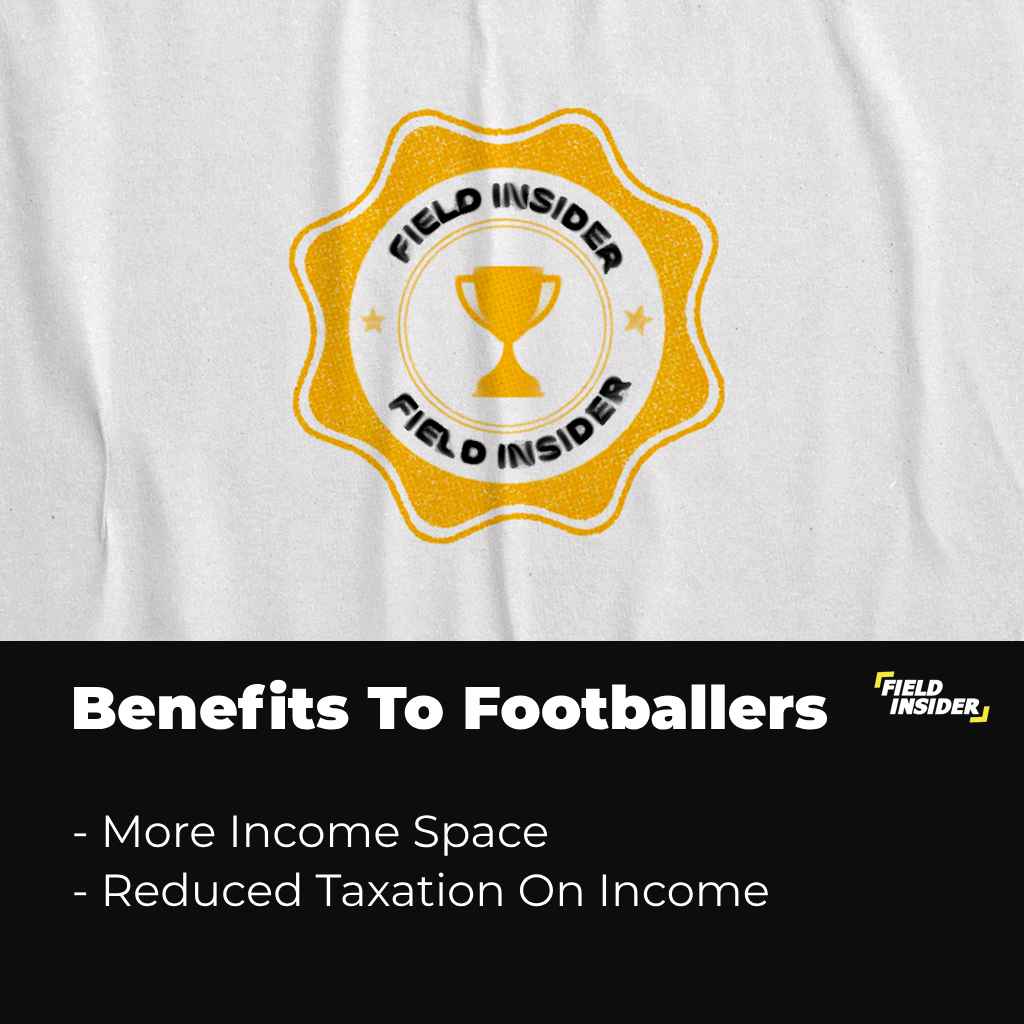
Footballers benefit from image rights in two significant ways.
Firstly, image rights offer an additional revenue stream beyond their regular on-field salary. The more endorsements and deals a player secures with various companies and brands, the greater their overall income.
Secondly, image rights provide tax advantages. Under the PAYE (Pay As You Earn) system, players typically retain a larger percentage of income after tax when earning through their image rights company compared to direct personal income.
Players pay a 45% tax on salaries for on-field activities, with an additional 2% contribution to the National Insurance Commission, while they incur a 19% corporate tax rate on income received through an image rights company.
This arrangement treats income from image rights as corporate profit, leading to a notable 25% reduction in tax liabilities, resulting in significantly more income after taxes.
For The Clubs
Football clubs also benefit from tax advantages in relation to image rights. They are exempt from paying the 13.8% employer’s national insurance contributions on these payments.
Additionally, when considering the payments made to the Image Rights Companies (IRCs) of around 25 players, the absence of this 13.8% tax represents a significant financial saving for the clubs.
Some Image Rights Companies For Footballers
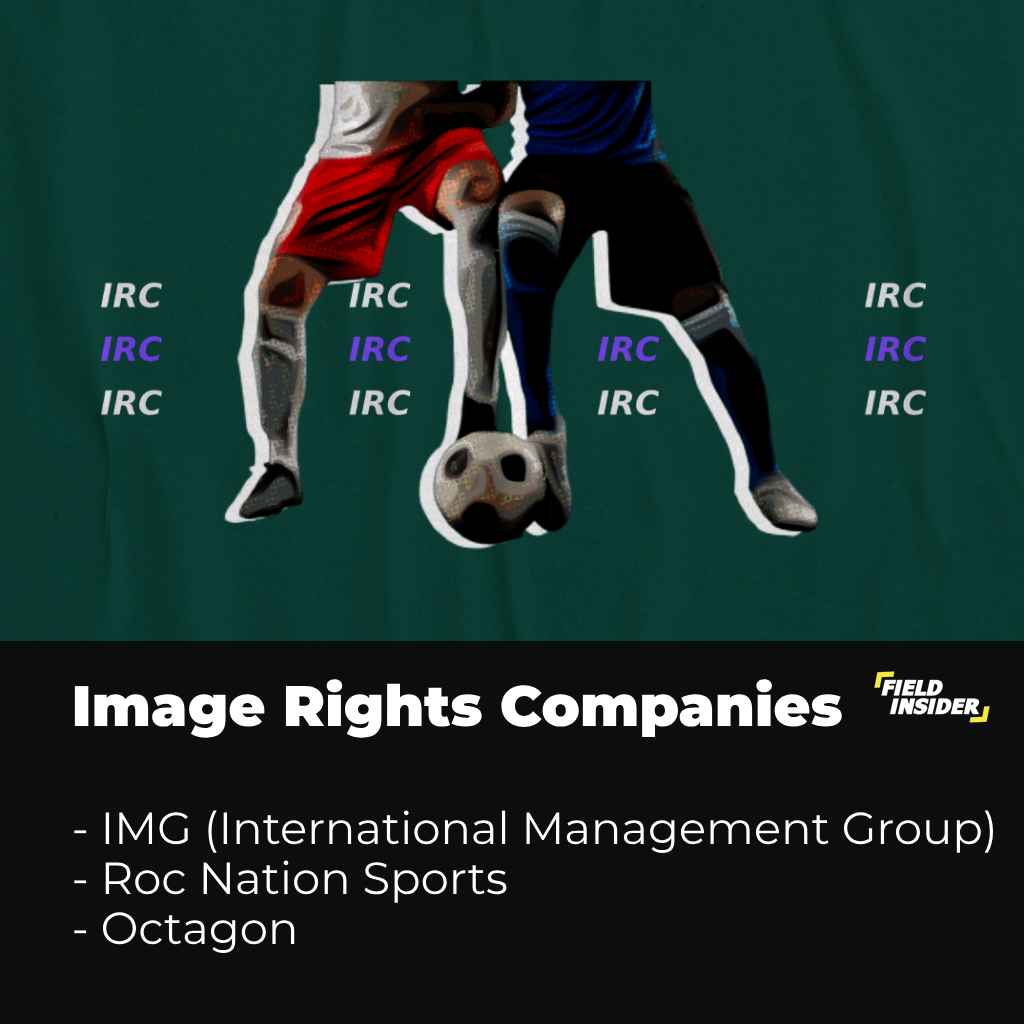
There are several image rights companies that are for footballers and sports people who wish to have a third-party company have control over their image rights.
Some of the more popular image rights companies that also tender to footballers include:
- IMG (International Management Group)
- CAA Sports (Creative Artists Agency)
- Roc Nation Sports
- Octagon
- Wasserman Media Group
- Stellar Group
- Sports Entertainment Group (SEG)
Conclusion
The concept of image rights in football is a complex element of contracts for elite players and their club agreements, and its merit is a matter of debate.
These image rights licenses highlight the business-like nature of football clubs and illustrate how players, or more specifically their agents, are keen on maximizing their value. They focus on building their personal brand and are actively seeking opportunities for financial gain beyond just playing the game.



